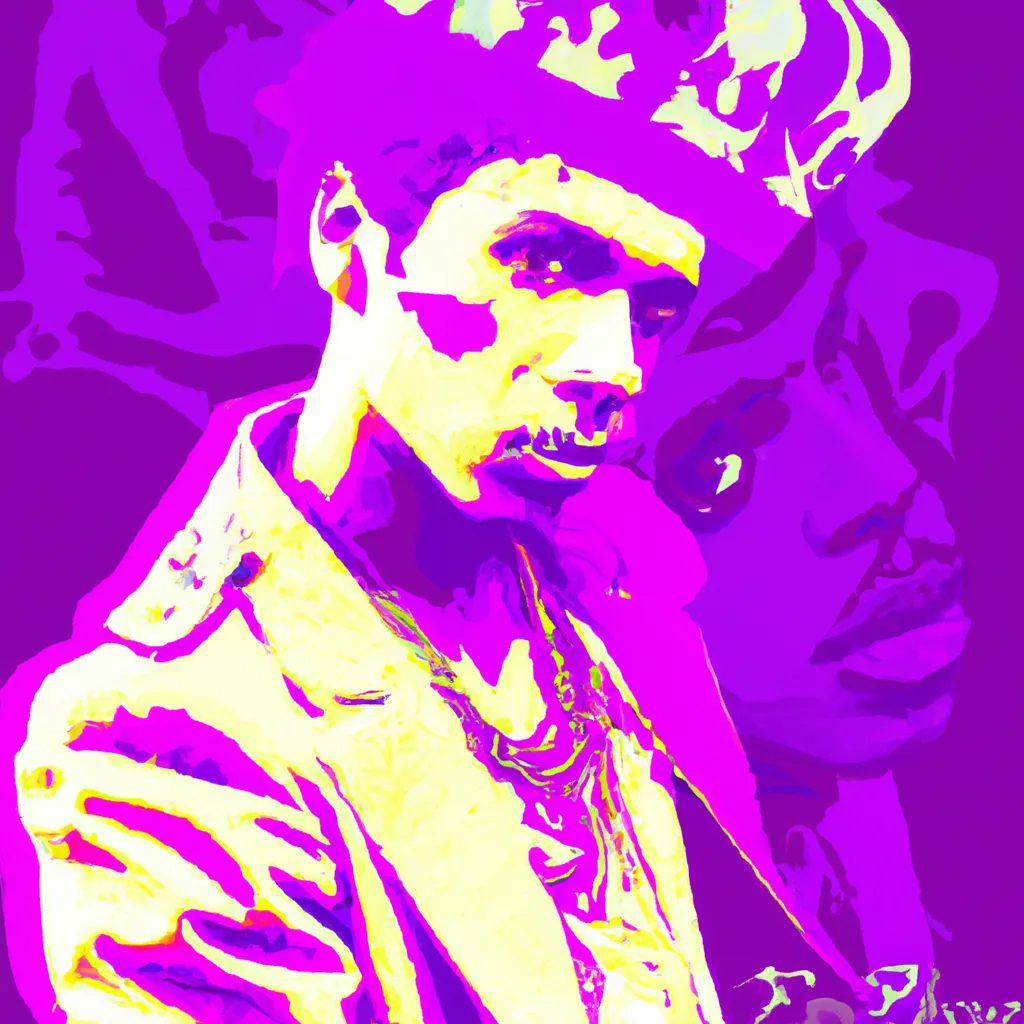Losing copyright status: Andy Warhol's aesthetic loses Supreme Court case over Prince's paintings.

copyright experts, art dealers and members of the entertainment industry watched with interest at the outcome of the Andy Warhol community's case, which lost a copyright court battle in the U.S. Supreme Court. The copyright dispute was between Warhol's heirs and famed photographer Lynn Goldsmith.
The justices, in a 7-2 decision authored by liberal Justice Sonia Sotomayor, affirmed the lower court's ruling that Warhol's works based on Goldsmith's 1981 photograph did not fall within the jurisdiction of the copyright infringement suit.
The court observed the entire art world and entertainment industry as it relates to the legal doctrine on equitableuse, which promotes freedom of expression by authorizing the use of copyrighted works in certain circumstances without the owner's permission.
Warhol, who died in 1987, was one of the most important representatives of the Pop Art movement that originated in the 1950s. He created a series of silkscreens and other valuable works inspired by photographs of celebrities, including actress Marilyn Monroe, singer Elvis Presley, Britain's Queen Elizabeth, Chinese leader Mao Zedong and boxer Muhammad Ali.
The Warhol work linked to Goldsmith that was challenged in court included his Orange Prince series. Vanity Fair magazine commissioned Warhol to create an image of Prince for an article about the rocker,recognizing Goldsmith as the author of the original photograph.
Goldsmith did not express her outrage over the unauthorized use of the work until after Prince's death in 2016. In 2017, she filed an Andy Warhol Foundation countersuit after she sought a court ruling that the works did not infringe on her copyright.
An important factor, according to the courts' jurisprudence, is whether the new work has a transformative purpose, such as parody, education or criticism.
In its decision, the Supreme Court turns its attention to the specific use that allegedly infringed Goldsmith's copyright - thelicensing Warhol's work for Condé Nast magazine. The court concluded that this use was not transformative in nature because it served the same commercial purpose as Goldsmith's photograph: to depict Prince in the magazine.
Justice Sotomayor noted the difference between this use and Warhol's pop art, such as his famous silkscreens of Campbell's soup cans.
Justice Helena Kagan wrote the challenge, joined by Chief Justice John Roberts, emphasizing the artistic value of appropriation in art with references to artists such as playwright William Shakespeare, painter Edouard Manet and musician Nick Cave.
Therefore, Justice Sotomayor noted that Kagan's protest "fails to see the forest for the trees" and his"a single-minded focus on the meaning of copying ignores the meaning of the original works. "
The last time the Supreme Court considered fair use in the arts was in 1994, when it ruled that rap group 2 Live Crew's parody of singer Roy Orbison's "Oh, Pretty Woman" was a legitimate use of the popular 1960s song. In 2021, the justices ruled on software copyright infringement, deciding that Google's Android mobile operating system fairly uses software from Oracle Corp.
Comment
Popular Posts
Popular Offers

Subscribe to the newsletter from Hatamatata.com!
Subscribe to the newsletter from Hatamatata.com!
I agree to the processing of personal data and confidentiality rules of Hatamatata





